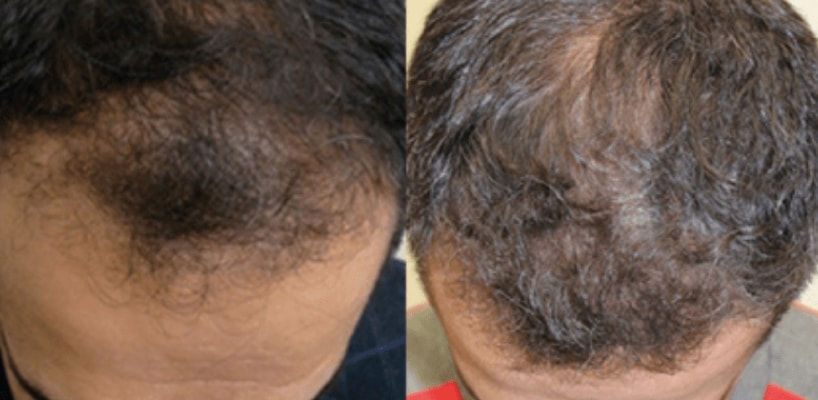Hair Reconstruction Procedure Hair loss is a known fact that affects personal, social, and professional life, in short, every aspect of life. The hair reconstruction procedure, which has been quite popular in recent years, is the most effective solution for many hair loss problems. There are many hair reconstruction procedures that men and women can choose, including hair transplants. The preferred hair reconstruction procedure will depend on the level of hair loss and the personal conditions of patients.
Hair restoration provides a permanent and predictable solution to hair loss. Before the hair reconstruction procedure, planning and anesthesia vision are taken and the operation begins. The most important part of the process is the planning stage. All the answers to many critical questions, such as the number of grafts required for the patient, the area to be processed, the number of sessions, the list of blood tests, the considerations to be considered before the application, and the determination of the hairline, are determined during this planning.
How is a Hair Reconstruction Procedure Done?
For the patient not to feel pain, both the area where the hair follicles will be removed and the area where the hair transplant will take place are numbed by local anesthesia. A patient who does not usually feel pain during the operation will not feel much pain after the operation. In the DHI method, which is most often preferred for the hair reconstruction procedure, the process is performed with needle pens called Choi pen. Hair follicles taken from behind the ear or from the nape area are placed in this pen and hair transplantation is provided in a short period to the area where the transplant will be performed. In this method, grafts removed from the back of the head will be stronger and healthier because they come into short-term contact with air.
Hair Reconstruction Procedure Recovery
- All patients are discharged after the procedure. The section where the tissue is taken is sealed with a special liquid silicone. There is no need for any wrapping. Thus, cutting contact with the outer area is achieved aesthetically.
- The hat has to be removed when you get home. This is important both in terms of oxygenating the wounds and healing them more quickly and in terms of eliminating the feeling of pressure that the hat will create. On the day of operation and the day after, it is important not to go out and rest at home.
- The patient should sleep on his back without touching the area where the procedure is performed. Sleeping smoothly will be possible, mostly after 7 to 10 days.
- The first hair wash should be done in a hospital or clinic. It is necessary to wash 24 hours at the earliest and 72 hours after the operation. First, apply some softening lotion on the hair transplant area and leave this lotion for 20 to 45 minutes. After this procedure, which is done to soften dried blood, the hair is rinsed with warm water and free of lotion. Then the hair is washed with a special medical shampoo.
- For the first two weeks, it is worth not having a haircut. From the second week, you can shave with a razor or scissors. Hair can be shaved as desired from 60 days.
- Hair is shed in such a way that the roots remain inside during the first three weeks after the procedure. Roots that wait for 90 days after the procedure begin to come out after this time. Because part of the hair comes out every day, the process proceeds naturally and without exaggeration. At the end of about 8 to 10 months, almost all hair will come out.


